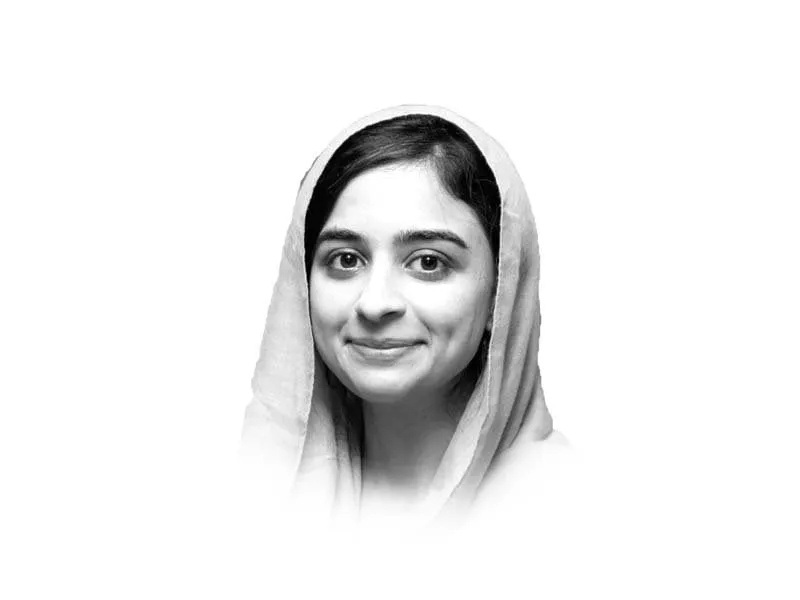Saudi economy in light of Covid-19
Covid-19 also presents an opportunity to create a leaner, more proficient economy in the long run
The global economic slowdown as a result of Covid-19 has meant that in order to cover losses in revenue, governments have had to choose fiscal stimuli to help ensure a system of welfare protection for their citizens.
The Saudi Crown Prince, Muhammad bin Salman’s Vision 2030 was revealed in 2016, in the backdrop of falling oil prices that started in 2014. It envisioned an economy which branched away from reliance on oil revenues and also purported the transformation of the Saudi kingdom into a global nucleus of transportation, cross-lining between Europe, Asia and Africa. About $1 trillion each was to be invested in mega-projects and to draw in foreign capital. It also predicted that the Public Investment Fund’s (PIF) assets would reach $2 trillion by 2030. However, despite a growth of 3.3% in non-oil income this year, a reversal of such gains is anticipated.
With Covid-19 at the forefront, challenges including a controversial oil-price war, subsequent OPEC production cutbacks and an ongoing war in Yemen, are all leaving an apparent impression on the Saudi economy. These have caused disturbances in crucial economic sectors, widening the budgetary downfall and demoted growth outlook — all of which could lead to modifications in government obligation towards Vision 2030.
In March and April, Saudi foreign reserves decreased by $48.6 billion to $448.6 billion, the lowest level in 19 years. The world’s largest public company, Saudi Aramco, experienced a decline of 25% in the net revenue from the first quarter of this year. Meanwhile, the IMF has projected profitability threshold for Saudi oil at $76 per barrel which is more than double the current price of $36 per barrel. On top of this is the cancelation of Hajj for international pilgrims given public health concerns. Religious tourism constitutes around 20% of Saudi Arabia’s non-oil GDP.
The success of Saudi Vision 2030 is rooted in massive government spending and the ability to draw in foreign investments, principally in PIF-funded mega-projects. The IMF already anticipates a contraction of 2.3% of the Saudi economy in 2020.
This signals a predicament for planners of economic diversification since according to data from the Saudi Arabian Monetary Authority, three sectors — commerce, transportation and construction — predominantly make up the private sector (more than 60%). Commerce alone employs around 2 million people and makes up almost 14% of the GDP. In light of Covid-19, many small and medium-size enterprises have had to shut down. The only hope they have is assistance by the government.
Taking account of the dismal situation, the Saudi government has employed a number of measures so as to curb consumer spending by more than $26 billion. These include the threefold increase in the value-added tax and cessation of living allowances for employees in the public sector.
Nevertheless, Covid-19 also presents an opportunity to create a leaner, more proficient economy in the long run and henceforth make critical decisions. For instance, the construction of the $500 billion mega-city, NEOM, is no longer practical and should be shelved. A successful recovery will entail a top-down approach fueled by renewed dedication, orbiting around provisions for youth employment through serious investments in education and human resource development. Moreover, the kingdom can also benefit from the current advancement in the digital arena. The pandemic also provides an ideal cover for the resolution of the Gulf-Qatar dispute since a united GCC bloc will be better equipped to manage challenges collectively.
Published in The Express Tribune, July 8th, 2020.
Like Opinion & Editorial on Facebook, follow @ETOpEd on Twitter to receive all updates on all our daily pieces.


COMMENTS
Comments are moderated and generally will be posted if they are on-topic and not abusive.
For more information, please see our Comments FAQ